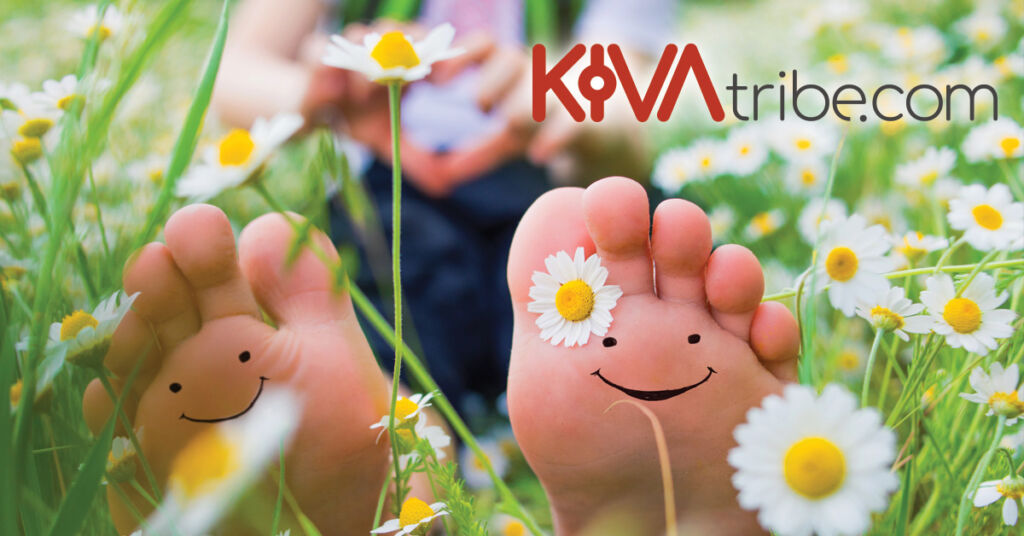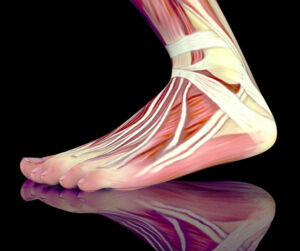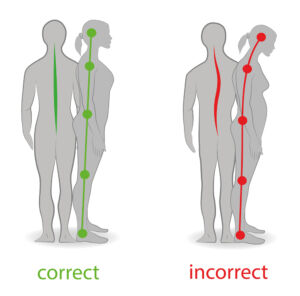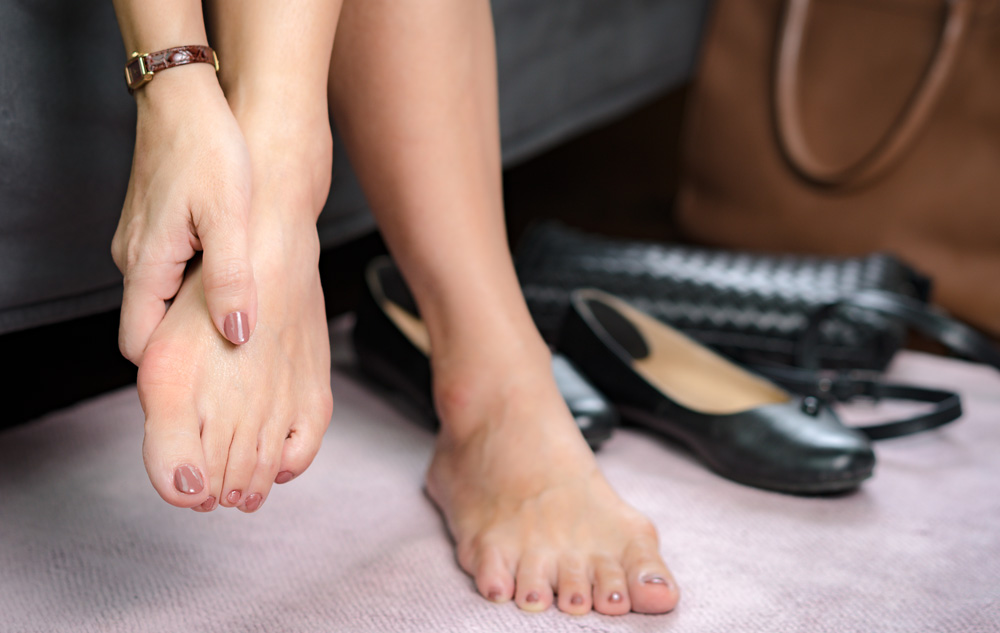
Benefits of Barefoot Shoes
Whilst we could sum up the benefits of barefoot shoes in one sentence, it wouldn’t tell you everything you need to know! Hence this blog post.
Essentially, barefoot shoes minimise the impact of footwear on your body.
Foot Strength
As they say…use it or lose it!
Evolution demonstrates how efficient nature can be – traits that serve no purpose tend to disappear over generations. We can see the same thing reflected within lifetimes – many older people find that they lose mobility over the years due to habitual movement patterns.
 Many of us have had a similar, short term experience after breaking a bone – wearing a cast for weeks and then discovering a loss of muscle tone in the affected limb. These are just a couple of examples of how restricting movement can cause loss of function and mobility.
Many of us have had a similar, short term experience after breaking a bone – wearing a cast for weeks and then discovering a loss of muscle tone in the affected limb. These are just a couple of examples of how restricting movement can cause loss of function and mobility.
Unfortunately conventional shoes can be compared to a type of cast in that they restrict movement (to varying degrees depending on the shoe). Whilst supportive shoes are absolutely necessary in certain situations, for those with fully functioning feet it can cause loss of function over time. They provide so much support (thick soles, arch support, motion control technology) that the foot is not required to support itself to the same degree as if you were barefoot.
Dr Peter Francis PhD, sports scientist, physical therapist, and barefoot running advocate, explains how our bodies lose function when we restrict movement¹: “…if you don’t use a muscle, it becomes smaller. If you don’t use a tendon it loses its capacity for energy storage and release. Footwear removes stress from certain parts of our feet, eg our intrinsic foot muscles. These muscles become weaker.”
Barefoot shoes, on the other hand, don’t provide that extra support, and Dr Francis quotes research that shows less cushioning in shoes results in stronger muscles².
Prof Patrick McKeon, who holds a PhD in sports medicine, agrees that thick soled, supportive shoes affect the proper functioning of the foot³. He recommends going barefoot to improve balance, posture and prevent common injuries like shin splints, plantar fasciitis, stress fractures, bursitis and achilles tendonitis.
 Whole Body Alignment
Whole Body Alignment
Katy Bowman, biomechanist and movement educator, has written three books on foot health; Whole Body Barefoot, and Every Woman’s Guide to Foot Pain Relief, which was then expanded and became Simple Steps to Foot Pain Relief. She explains clearly how poor foot alignment can cause problems that extend up the legs and into the spine, affecting many areas along the way⁴.
Katy says “Our bodies cannot function optimally unless our feet are in good shape, which means we need to stop outsourcing the body’s work to inanimate objects. The move towards minimal shoes is a move towards a stronger body, which in turn is a huge step…towards whole body health.”
Avoiding Common Foot Problems
Dr Ray McClanahan, podiatrist, lists a number of foot problems that are common in shoe wearing cultures, and rare in barefoot cultures⁴:
- Bunions
- Hammertoes
- Corns & calluses
- Ingrown toenails
- Tailor’s bunions
- Heel pain
- Metatarsalgia
- Athlete’s foot infection
- Tendon imbalances
- Morton’s neuroma
- Bursitis
- Fungal toenail
- Black toenails
- Blisters
So Will Barefoot Shoes Solve All My Foot Problems?
For many people, no. There are the lucky few who switch to barefoot shoes overnight and never look back, but for most people, investing in barefoot shoes is just the beginning of a journey.

Barefoot shoes allow your feet to sit in the optimal position to allow your feet to function in the way nature intended. That’s assuming that your feet are capable of those two things.
Unfortunately for many of us, years of conventional footwear have already taken a toll, either in the form of deformities like bunions, which limit the foot’s ability to sit in the correct position, or in the form of alterations to the soft tissues which affect function.
Most people require a transition period to make the switch to barefoot shoes in order to allow the tissues to adapt. After all, it took years for our bodies to adapt to conventional footwear, so it’s bound to take time to adapt back to normal foot function.
So if Barefoot Shoes Aren’t the Answer, Do I Even Need Them?
Barefoot shoes are not a complete solution. They are only a step along the way in the journey to foot health, but an important step nevertheless.
You could do all the stretching and strengthening exercises you want, but if your constrictive footwear is undermining all your efforts, it seems unlikely you’ll achieve the foot health you’re looking for.
Katy Bowman sums it up nicely in the following quote⁵:
“Research shows that minimal shoes are not safe for everyone in every situation – but research also shows that conventional shoes wreak their own havoc on the body. The element that seems to be missing from the argument is that shoes don’t exist in a vacuum….A shoe can’t be a problem or a solution in and of itself, and if we are going to determine what constitutes optimal footwear, we need to consider what’s going on throughout the users body and life.”
She also explains how even though our bodies experience different health conditions, different symptoms, it’s the same lack of movement, sedentary Western lifestyle, that’s the underlying cause. 30 minutes in the gym every day doesn’t make up for a whole day of sitting, and a few foot exercises once a day won’t make up for a whole day in restrictive shoes.
Find out how to safely transition to barefoot shoes here.
References
- Francis, P 2019, The Urban Runner with an Evolutionary Legacy, viewed 16/11/2021 <https://peterfrancis.blog/2019/07/18/the-urban-runner-with-an-evolutionary-legacy/>
- Ridge, Olsen, Bruening, Jurgensmeier, Griffin, Davis, and Johnson 2019, Walking in minimalist shoes is effective for strengthening foot muscles, Medicine & Science in Sports & Exercise.
<https://pubmed.ncbi.nlm.nih.gov/30113521/>
- Ithaca College 2015, Going barefoot: Strong ‘foot core’ could prevent plantar fasciitis, shin splints, and other common injuries, News Wise 17/11/2015, viewed 16/11/2021. <https://www.newswise.com/articles/going-barefoot-strong-foot-core-could-prevent-plantar-fasciitis-shin-splints-and-other-common-injuries?channel=>
- McClanahan, R Tapering Toeboxes, viewed 21/11/2021. <https://www.correcttoes.com/foot-help/articles-studies/tapering-toeboxes/>
- Bowman, K 2015, Whole Body Barefoot, Propriometrics Press, Washington USA.
<https://pubmed.ncbi.nlm.nih.gov/30113521/>



Get Social…